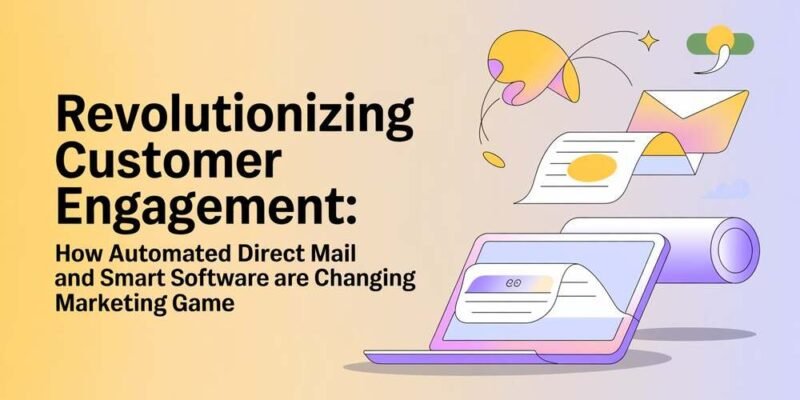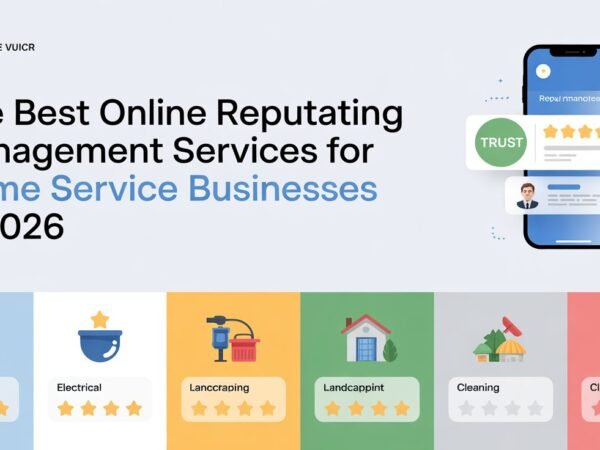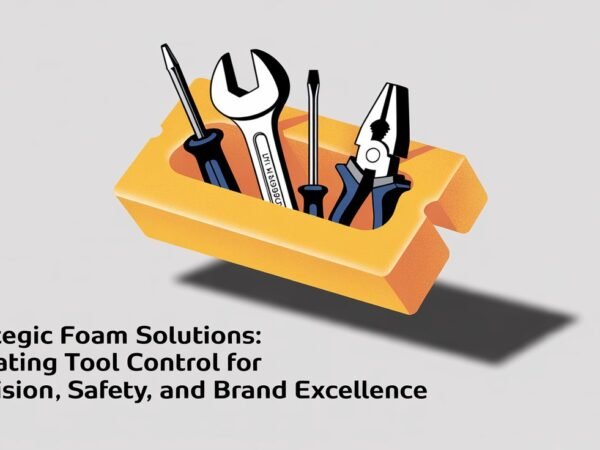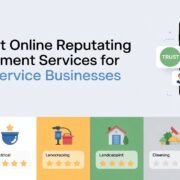In a digital-first world dominated by emails, social media, and online ads, traditional marketing methods often get overlooked. However, one classic approach is making a significant comeback—direct mail. Not the old, cumbersome version, but an evolved, more innovative, and more efficient method: automated direct mail.
With the rise of digital fatigue among consumers and increasing online competition, businesses are rethinking their outreach strategies. And what’s proving to be a powerful tool in their arsenal? A well-integrated combination of automation and personalization in direct mail campaigns. When combined with direct mail marketing software, this approach can produce exceptional results, bridging the gap between online engagement and offline trust.
The Resurgence of Direct Mail
Despite being centuries old, direct mail remains one of the most effective marketing channels, boasting one of the highest response rates. According to the Data & Marketing Association (DMA), direct mail enjoys response rates of up to 9%—far superior to email or display ads.
Why? Because direct mail is tangible. It makes a physical impression, engages multiple senses, and is less likely to be ignored compared to a digital message buried in a spam folder. However, historically, the process of designing, printing, and mailing physical pieces was time-consuming, labor-intensive, and costly.
Enter automation.
What Is Automated Direct Mail?
Automated direct mail refers to the process of automating the creation, printing, and distribution of physical mail pieces through software platforms. It enables businesses to send out personalized postcards, letters, brochures, and more—with minimal human intervention.
Automation integrates with CRM platforms, marketing tools, and eCommerce systems to trigger mailings based on user behavior, transactions, or campaigns. Think of it as the “mail version” of an email autoresponder—only more personal and effective.
Key Benefits of Automated Direct Mail
Speed and Efficiency
- Traditional mail campaigns could take weeks to plan and execute.
- Automation cuts this down to days or even hours.
- Trigger-based mailing ensures the right message reaches the right person at the right time.
Personalization at Scale
- With customer data integrated into the system, you can tailor your message to each recipient—by name, purchase history, or location—boosting relevance and engagement.
Seamless Integration
- Automated platforms can integrate with CRM systems like Salesforce or HubSpot, as well as e-commerce platforms like Shopify.
- This means when a customer abandons their cart or celebrates a birthday, your system can automatically send them a personalized offer via mail.
Cost Control
- Automated systems reduce the need for bulk inventory, manual errors, and inefficiencies—resulting in cost-effective campaigns, especially at scale.
The Role of Direct Mail Marketing Software
All this wouldn’t be possible without powerful direct mail marketing software. These platforms are the brains behind the automation. They allow users to design mailpieces, segment audiences, schedule dispatches, track deliveries, and analyze performance—all from a central dashboard.
Core Features to Look For
- Design Tools: Drag-and-drop interfaces to build custom mail templates.
- Data Integration: Sync with CRMs and databases for accurate targeting and data management.
- Trigger-Based Sending: Set up rules to automatically send mail based on customer actions.
- Print & Fulfillment: Connect with printing partners for on-demand mail production.
- Analytics & Reporting: Get insights into delivery rates, response rates, and ROI.
The best tools also offer features like A/B testing, geotargeting, and compliance management, ensuring your campaigns are optimized and secure.
Use Cases Across Industries
1. Retail and eCommerce
Retailers use automated mail to send coupons, thank-you cards, or re-engagement letters. For instance, when a customer hasn’t purchased in 30 days, the system can send a special offer via email to reignite their interest.
2. Financial Services
Banks and insurance providers utilize direct mail to send account updates, regulatory notices, or promotional offers. Automation ensures accuracy and timely delivery—which is critical in this sector.
3. Healthcare
Medical facilities and practitioners rely on HIPAA-compliant mailing solutions to send appointment reminders, test results, or health tips to patients, enhancing patient engagement and trust.
4. Real Estate
Agents and agencies use direct mail to market listings, showcase recent sales, or introduce themselves to a new neighborhood. Personalized postcards can be automatically triggered after a lead signs up or visits a listing.
5. Education
Schools and universities send admissions information, open house invitations, or alums updates. Automation ensures timely and targeted communications across diverse demographics.
Bridging Online and Offline Marketing
One of the standout benefits of combining automated direct mail with marketing software is its ability to connect the dots between online and offline interactions. For example:
- A customer clicks on a product ad but doesn’t buy—trigger a postcard reminder with a discount.
- Someone registers for a webinar—follow up with a thank-you letter and a branded gift.
- A prospect fills out an online form—send them a printed brochure or welcome kit.
This multi-channel approach improves touchpoints, making your brand more memorable and trustworthy.
How to Get Started
Ready to transform your marketing strategy? Here’s a step-by-step guide to launching your first automated mail campaign:
Choose the Right Software
- Evaluate your needs—volume, customization, integrations—and pick a platform that scales with your business.
Segment Your Audience
- Not all customers need the same message. Use behavioral and demographic data to create targeted segments.
Design Your Mailpieces
- Please keep it clean, personal, and action-driven.
- Include clear CTAs, such as discount codes, event dates, or QR codes, to enhance user engagement.
Set Triggers
- Define rules for when mail should be sent—e.g., after cart abandonment, birthdays, inactivity, or signups.
Launch & Track
- Once your campaign is live, monitor its performance.
- Refine future campaigns based on what works best.
Future of Direct Mail: Smart, Scalable, and Sustainable
As technology advances, so will direct mail. AI-powered personalization, machine learning for optimization, and environmentally sustainable printing methods are shaping the future of printing.
The days of “spray and pray” are long gone. Direct mail is now a precision marketing channel—powered by data, driven by software, and enhanced through automation.
Final Thoughts
In an era overwhelmed by digital noise, standing out is more complex than ever. But with automated direct mail and sophisticated direct mail marketing software, businesses have an edge—a tangible, targeted, and trusted way to connect with customers.
Whether you’re a small startup or a global enterprise, the potential of smart, direct mail can’t be ignored. It’s not just about sending postcards; it’s about delivering experiences, building relationships, and growing your brand.
Do Read: Why Modern Businesses Rely on Salesforce RLM for Scalable Growth













